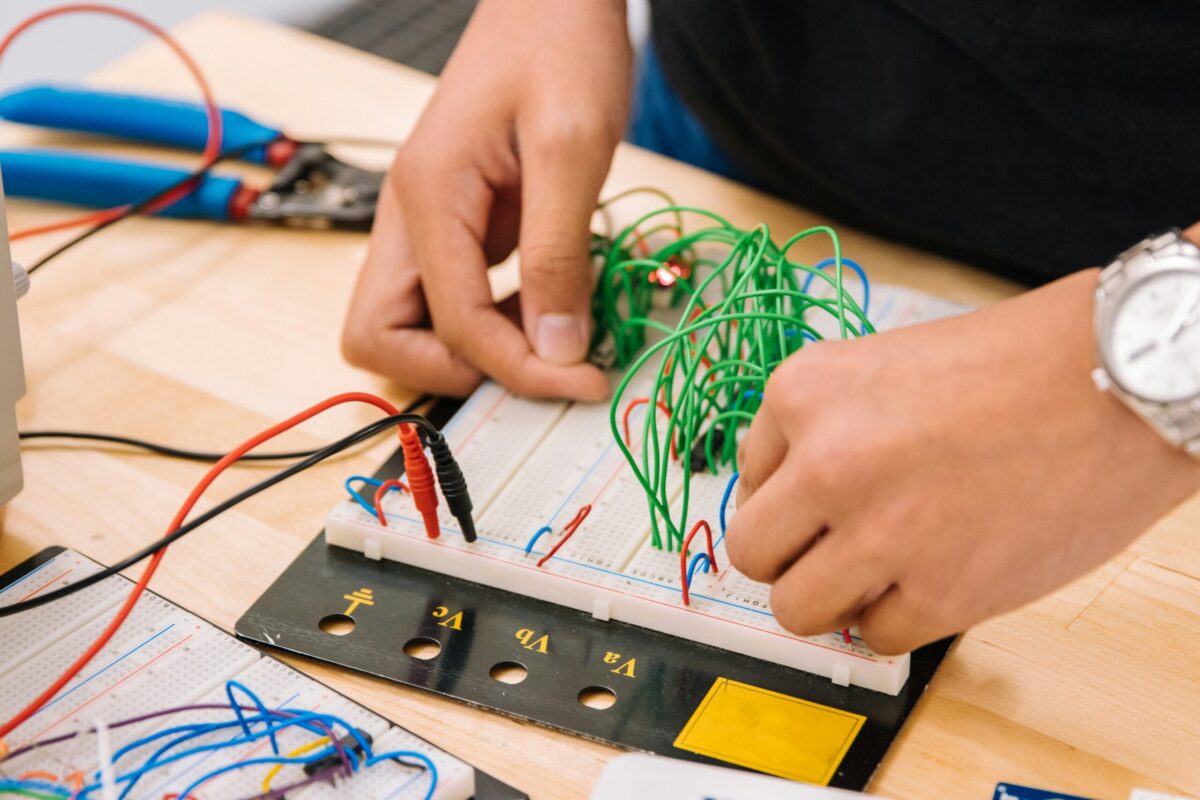Ethereum ($ETH) developers have successfully activated the Pectra upgrade on the Hoodi testnet, marking a crucial step before its official launch on the Ethereum mainnet.
This is the last planned test before the upgrade goes live, which could happen in the next 30 days if no major issues arise.
The Hoodi testnet was created specifically for this upgrade after two earlier test attempts on Holesky and Sepolia ran into problems.
Pectra introduces several important improvements, including better wallet functionality, higher staking limits, and enhanced rollup scalability.
If everything goes smoothly, developers expect Pectra to be activated on Ethereum’s main network by late April. However, the upgrade could also be postponed until May or June if further testing is required.
Successfully running Pectra upgrade
On 26 March, Ethereum developers launched the Pectra upgrade on the Hoodi testnet, and the network successfully forked and finalised the upgrade within just 30 minutes.
This was an essential test to confirm that the upgrade functions as intended before being deployed on the main Ethereum blockchain.
The Hoodi testnet was introduced on 17 March to replace the Holesky and Sepolia test networks, where previous attempts to test Pectra encountered difficulties.
The Holesky testnet faced severe network congestion and finality issues that persisted for weeks, making it impractical for testing. Meanwhile, Sepolia experienced synchronisation problems, preventing developers from getting accurate results.
Due to these setbacks, developers decided to create Hoodi to provide a more stable testing environment and ensure all issues were resolved before Pectra’s mainnet launch.
Speaking about the importance of Hoodi, an Ethereum developer stated, “Hoodi has allowed us to conduct full lifecycle testing in a more stable setting. This ensures we don’t encounter the same issues that delayed previous tests”.
Hoodi will now permanently replace Holesky, which is set to be deprecated later this year. This means Ethereum developers and staking operators will use Hoodi as the primary testnet to check the impact of Pectra’s changes on the network before making a final decision on its mainnet deployment.
What changes does the Pectra upgrade bring?
The Pectra upgrade introduces several key improvements that aim to enhance Ethereum’s efficiency, scalability, and user experience. One of the biggest changes is EIP-7702, which improves wallet functionality by implementing account abstraction.
This allows users to interact with smart contracts more seamlessly, making transactions smoother and improving the overall experience of managing digital assets on Ethereum.
With this feature, Ethereum wallets will become more versatile, providing new ways for users to store and transfer their tokens.
Another significant update in Pectra is EIP-7251, which increases the maximum validator stake limit from 32 $ETH to 2,048 $ETH. This change is designed to make staking more efficient by allowing validators to stake larger amounts of $ETH, reducing the number of active validators required to secure the network.
By increasing the staking limit, Ethereum’s network will become more robust and require fewer validator nodes, making it easier to maintain.
Ethereum’s scalability will also see major improvements with EIP-7691, which raises the maximum blob count to enhance rollup efficiency. Rollups are Layer 2 (L2) scaling solutions that help reduce congestion on the Ethereum network by processing transactions more efficiently.
By increasing the blob count, Ethereum developers aim to lower transaction fees and make Ethereum more attractive for developers and users who rely on Layer 2 solutions.
In addition to these changes, Pectra introduces a new feature that allows users to pay transaction fees in cryptocurrencies other than $ETH.
This update gives users greater flexibility, as they can choose to cover gas fees using different tokens instead of being limited to $ETH. This could significantly improve the Ethereum user experience, making it more accessible for people who frequently use alternative assets.
According to an Ethereum core developer, “The goal is to make Ethereum more efficient for both users and developers. These upgrades will streamline transactions and strengthen the network’s overall performance”.
When will Pectra go live on the Ethereum mainnet?
The Ethereum development team has indicated that if Hoodi’s test continues without any critical issues, Pectra could be activated on the mainnet in approximately 30 days—potentially by late April.
However, they have also suggested that the upgrade could be postponed until May or June to allow for further testing and stakeholder input.
“Assuming no critical bugs are found, we expect Pectra to be live on the mainnet soon. But we won’t rush the process if more time is needed to ensure a smooth rollout”, an Ethereum researcher noted.
While the focus remains on Pectra’s deployment, Ethereum’s network activity and market trends have also been making headlines. Over the past few weeks, Ethereum’s transaction fees have dropped to their lowest levels since August 2023.
On Saturday, only 53.07 $ETH (approximately $106,000) was burned, marking the lowest daily burn rate since Ethereum introduced its fee-burning mechanism under EIP-1559.
This decline in $ETH burning reflects a broader slowdown in network activity. Key metrics, such as active addresses, new wallet creation, transaction volume, and daily trading activity, have all significantly decreased in recent weeks.
As a result, Ethereum’s supply is now projected to grow at an annual rate of 0.76%, meaning the network is no longer experiencing deflation as it did previously.
Ethereum’s transaction fees have also seen a sharp decline, averaging just $0.41 per transfer—the lowest since August. In contrast, Ethereum’s gas fees had peaked at $15.21 in the past two years, demonstrating how much the network’s activity has slowed down.
While lower fees make Ethereum more accessible, they also indicate a decrease in overall usage.
Ethereum faces competition from L2 networks
Another challenge facing Ethereum is the rise of Layer 2 networks, such as Base, Arbitrum, and Optimism.
These networks offer cheaper and faster transactions, which has led to a growing number of users and developers shifting away from Ethereum’s mainnet to Layer 2 solutions.
The success of these networks is reducing Ethereum’s overall transaction volume, which may impact its long-term growth.
Due to these changing market dynamics, Standard Chartered has revised its 2025 Ethereum price forecast. Initially, the bank predicted that Ethereum could reach $10,000, but it has now lowered its estimate to $4,000.
Standard Chartered’s global head of digital assets research, Geoffrey Kendrick, explained that Layer 2 networks like Base are generating substantial revenue within the Ethereum ecosystem, leading to a reassessment of Ethereum’s future valuation.
As Ethereum prepares for Pectra’s deployment, both developers and market analysts will closely monitor its impact on network performance, scalability, and adoption.
If the upgrade proves successful, it could significantly improve Ethereum’s efficiency and strengthen its position in the competitive blockchain landscape.
The Pectra upgrade is one of Ethereum’s most significant updates, and its successful activation on the Hoodi testnet is a key step toward its mainnet launch.
After encountering difficulties on Holesky and Sepolia, developers used Hoodi as a fresh testing ground, ensuring the upgrade runs smoothly before going live.
With improvements to wallet functionality, increased staking limits, and better rollup scalability, Pectra aims to enhance Ethereum’s overall performance.
However, declining network activity and rising competition from Layer 2 solutions could present challenges for Ethereum’s long-term adoption.
Developers will closely monitor Hoodi’s performance over the next 30 days. If no major issues arise, Ethereum users can expect Pectra to go live soon.


